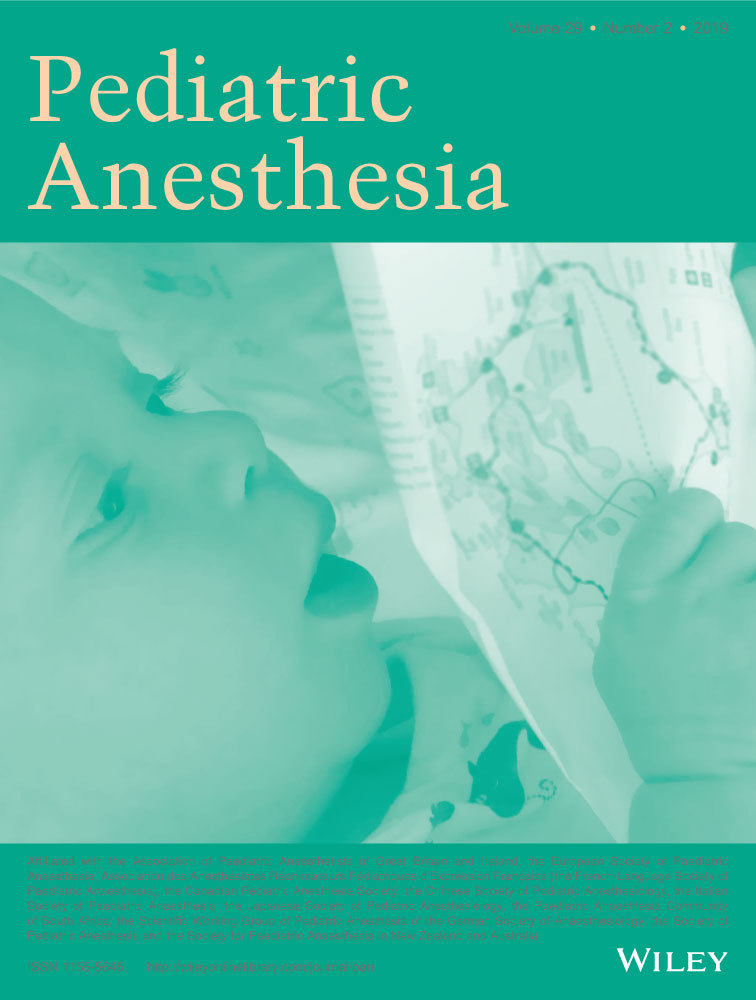A quality improvement project to reduce postoperative adverse respiratory events and increase safety in the postanesthesia care unit of a pediatric institution
Summary
Background
Quality improvement methods can identify solutions and make dramatic improvements in patient safety during daily clinical care. The science of quality improvement in healthcare is still a very new concept in developing countries like China.
Aims
We initiated a quality improvement project to minimize adverse respiratory events in our postanesthesia care unit with the guidance of an experienced quality improvement expert from Cincinnati Children's Hospital Medical Center.
Methods
We set up a quality improvement team that included anesthesia safety team members at Shanghai Children's Medical Center, and a quality improvement expert in pediatric anesthesia from Cincinnati Children's Hospital Medical Center. Data from the previous year were reviewed. After using Failure Mode and Effect Analysis to access risks associated with the current process, a Key Driver Diagram and a Smart Aim were developed. Key drivers included establishing a safety culture, resource allocation to meet needs, education and training, standardization of care, improved communication and handoff, and enhanced detection, recognition, and response to adverse events. Using Plan-Do-Study-Act cycles of the improvement model, interventions were conducted to improve the process. The primary outcome was the percentage of postoperative respiratory adverse events in the postanesthesia care unit, and we calculated the average recovery time as a balancing measure. Data were collected and analyzed using a run chart and control chart.
Results
The median percentage of respiratory adverse events in postanesthesia care unit decreased from 2.8% to 1.4%. Respiratory adverse events were reduced by over 30% compared to the previous period with no significant change in mean recovery time.
Conclusion
Using quality improvement methods, we successfully reduced the percentage of respiratory adverse events in the postanesthesia care unit. This helped to establish a safety culture among the anesthesia staff. Quality and safety improvement can be successfully implemented in developing countries like China with collaboration with quality improvement experts from more experienced institutions.
CONFLICT OF INTEREST
The authors report no conflict of interest.




